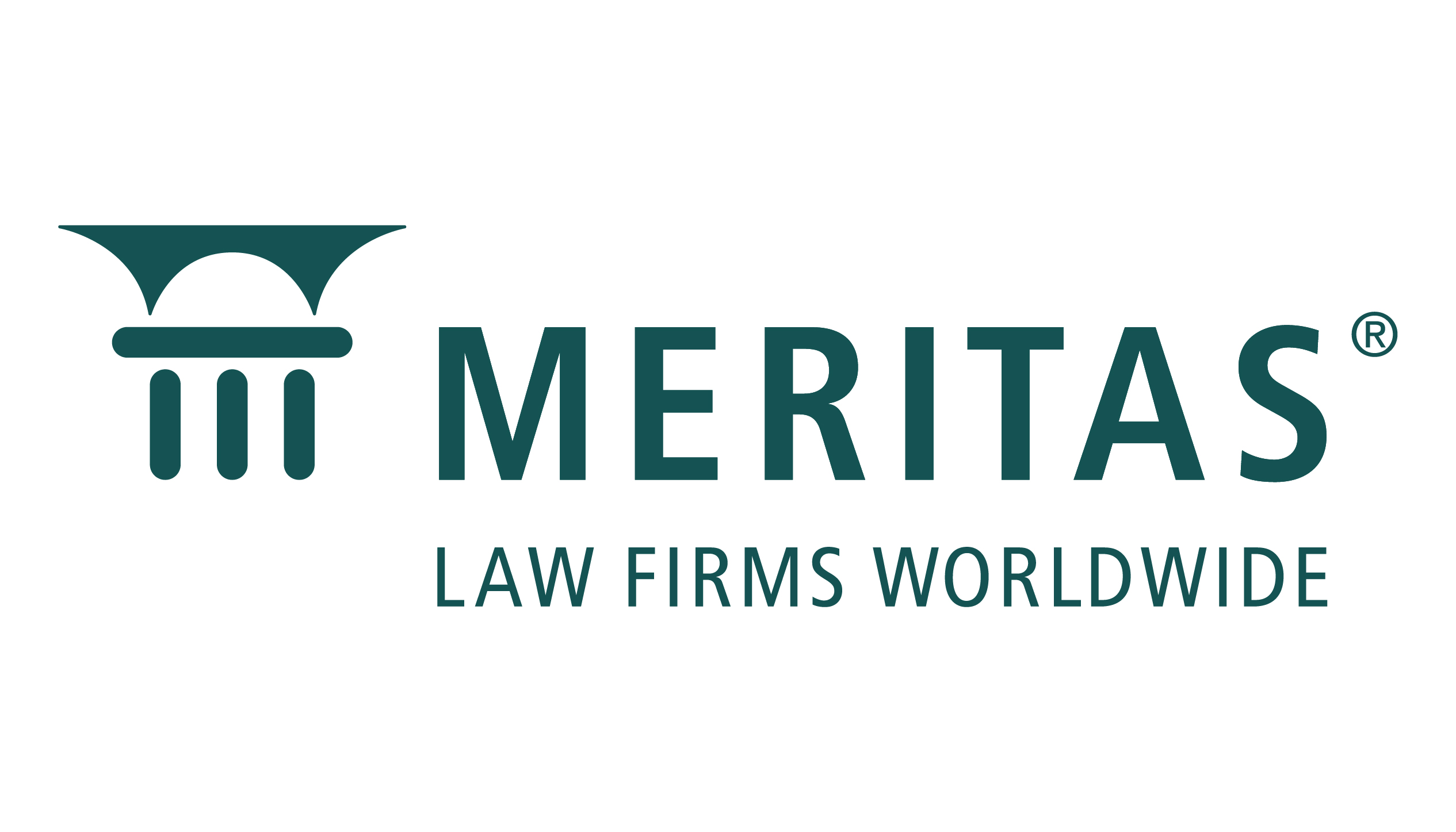
INSIGHT
Newsletter - Legality of Cessionary as a Creditor in the Bankruptcy and/or Suspension of Payment Proceedings
In Indonesia’s evolving business landscape, the legality of cessionary as one of the creditors poses significant challenges in the bankruptcy and/or suspension of payment (kepailitan dan/atau penundaan kewajiban pembayaran utang or “K-PKPU”) proceedings. This article explores the legal concept of cessie, the legal position of a cessionary as a creditor, and circumstances under which this status may be challenged.
Understanding Cessie
Cessie is the legal transfer of receivables from an original creditor (“cedent”) to a new creditor (“cessionary”). Furthermore, cessie must fulfill the following cumulative requirements as regulated in Article 613 of Indonesia Civil Code (“KUHPer”):
- It must be executed under an authentic deed or private agreement; and
- It must be approved by or notified to the debtor.
Crucially, the debtor’s approval in cessie is not always required, whereby notification may suffice to establish legal certainty of the transfer of receivables.
Legality of the Cessionary in the K-PKPU
A cessionary can acknowledge by law to become one of the creditors in the K-PKPU proceedings if the cessie requirements under Article 613 KUHPer are fulfilled. Before taking any legal action in the Commercial Court, the cessionary must also send a demand letter to notify the defaulting debtor.
Several Indonesian court rulings have affirmed the legal standing of cessionary in K-PKPU cases when the legal requirements were fulfilled, such as:
- Court Decision No. 29/Pdt.Sus-PKPU/2021 (Pg. 80 and 93);
- Court Decision No. 30/Pdt.Sus-PKPU/2020/PN.Niaga.Jkt.Pst. (Pg. 44); and
- Court Decision No. 212/Pdt.Sus-PKPU/2019/PN.Niaga.Jkt.Pst. (Pg. 50-51).
These rulings confirm that courts can and do recognize cessionary as legitimate creditors, provided that the transfer under cessie is legally and properly executed in accordance with the laws.
When Cessionary May Be Disqualified in the K-PKPU
However, not all cessionaries are automatically accepted as valid creditors in the K-PKPU proceedings. Some courts have rejected cessionary claims due to procedural or substantive issues. Examples include:
- Court Decision No. 187/Pdt.Sus-PKPU/2020/PN.Niaga.Jkt.Pst. (Pg.61 - 62). The court rejected the cessionary’s status because there was no notification about the transfer of receivables to the debtor.
- Court Decision No. 17/Pdt.Sus-PKPU/2018/PN.Niaga.Mdn. (Pg. 40- 41). The court found that the cedent and cessionary (who were part of the same company’s board) were affiliated, and their relationship was deemed a relative right and considered to violate Article 26 of Indonesian Competition Law No. 5 of 1999, implying collusion and lack of good faith.
- Court Decision No. 662K/Pdt.Sus-PKPU/2011 (Page 17). The court rejected the cessionary’s status due to the cessie was made not in good faith, as it appeared to be structured solely to meet the creditor threshold for filing a bankruptcy petition.
Conclusion
From a legal perspective, a cessionary will be legitimately recognized as a lawful creditor in K-PKPU proceeding if the cumulative requirements under Article 613 KUHPer are fulfilled in good faith.
he enforcement of cessionary creditor status in bankruptcy and suspension of payment proceedings is crucial to prevent potential issue that may result in the cessionary’s claim being rejected by the court.
While properly executed cessie agreements can enable cessionary to assert legitimate claims in K-PKPU cases, Indonesian courts have consistently emphasized good faith,transparently documented, and notification to the debtor as critical conditions.
)))000(((
NOTE
This article provides general information and does not constitute legal advice. Readers should seek specific legal counsel for their circumstances.






